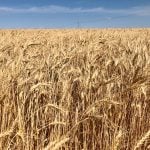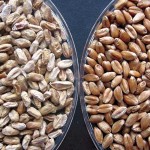
Features

Alberta’s fusarium action plan

Saving your seed
While there are many benefits to using certified seed, not all farmers plan to buy it. Here are some tips for farmers saving seed

Listen to your air seeder
This wireless flow monitoring system uses small microphones to tell you when something isn’t right
New crops and climates drive crop insurance changes
Soybean coverage is expanded in Manitoba and Saskatchewan, Alberta adds more weather stations to monitor corn heat units and Manitoba curbs winter wheat re-seeding benefits
Getting paid for the oil
Canola growers are talking about “component pricing”— getting paid for your canola based on the amount of oil in the seed
Herbicide resistant weeds and pulse crops
Researchers are providing options to control the most challenging Group 2 herbicide-resistant weeds in pea and lentil crops
Agronomists versus agrologists
All kinds of consultants are vying for the chance to sell advice to farmers. Know what you’re paying for
Understanding biofuels
In the first of a two-part series, Angela Lovell cuts through the biofuel business confusion
Three ways to lose nitrogen
Nitrogen is essential, expensive and easy to lose. New nitrogen efficiency products are built to offset these causes of nitrogen loss

Risk of poisoning in silage corn
High levels of nitrates in corn silage can be toxic to animals and humans


